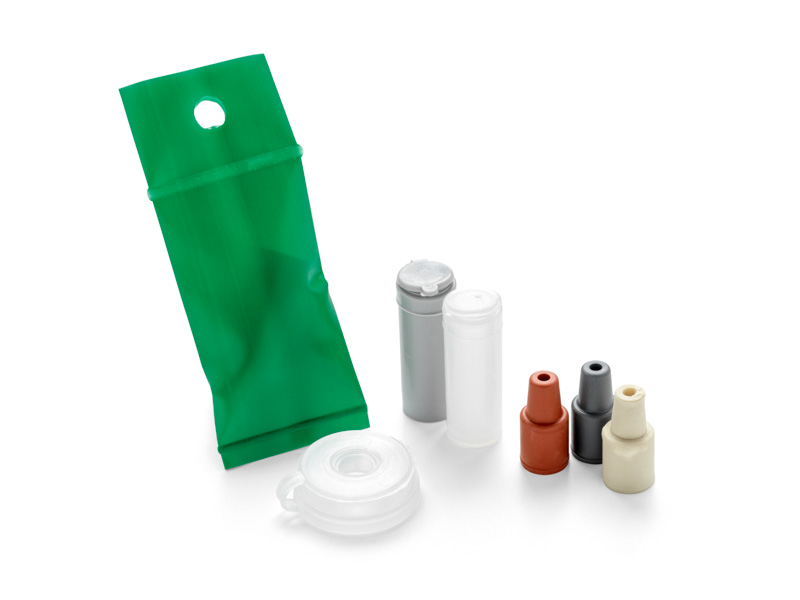
Biology
Nature of Damage
The following notes are guidelines of general nature and meant to give the user a head start in implementing pheromone monitoring programme. Local conditions and practices can very and can lead to customisation of the programme.
Lures
Lures can be changed every 10-12 weeks to get the most accurate results.
Lures handling
Pheromone lures are very sensitive tool. They can be affected by exposure to elevated heat and direct sunshine. Direct touching by hand may cause cross contamination leading to mixed catches in the trap. Some contaminants such as Nicotine may have repellent effect reducing trap catch.
Lure Storage
Cool dry place. Shelf life can very from 3-36 months depending on the storage temperature.
Trap Selection
Bucket trap with interlocking plastic vanes is the most suitable trap for monitoring this insect. Pheromone lure can be attached with plastic vanes. Do not re-use the trap to monitor different insects as this may lead to mixed catches.
Trap Density
2 traps per hectare for small holdings and in field of uneven topography. One trap for every two hectares of large scale fields of homogenous lands.
Trap Position
Trap can be placed in between two date palm trees are approximately 1.5-2 meters high from ground level.
Data and Interpretation
Collect date weekly from the start of the flight of the over wintering generation. During the height of the population more frequent reading may be needed. Decisions on pesticide application should not be taken solely on the trap catch data. Climatic and biological considerations should be taken in account.



